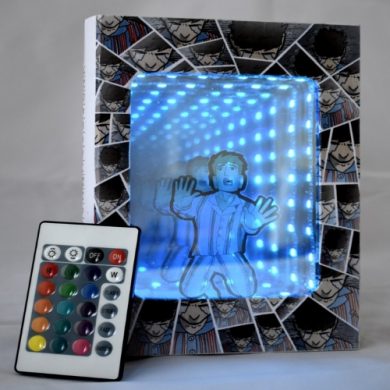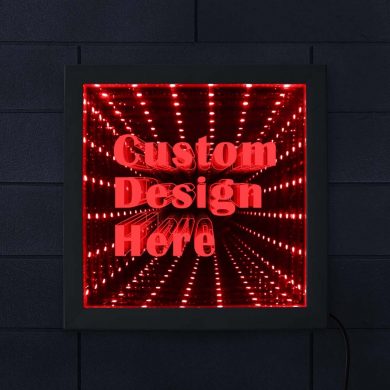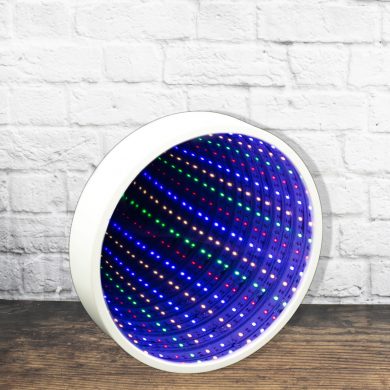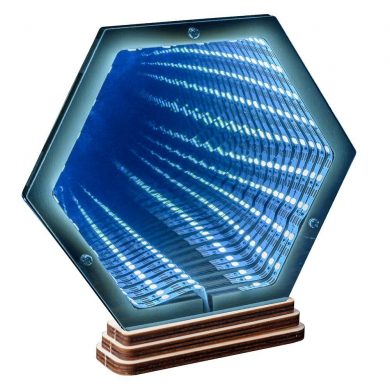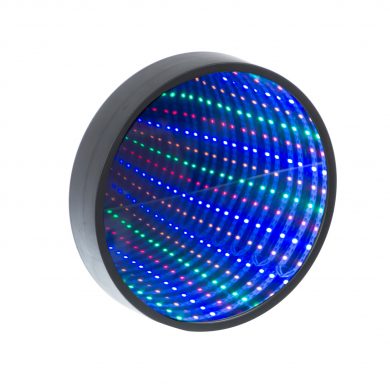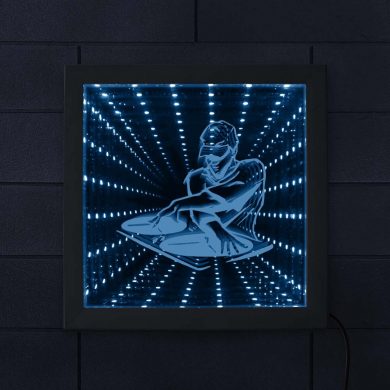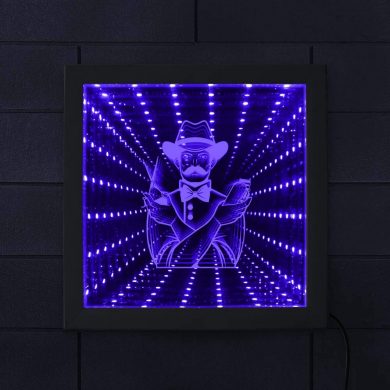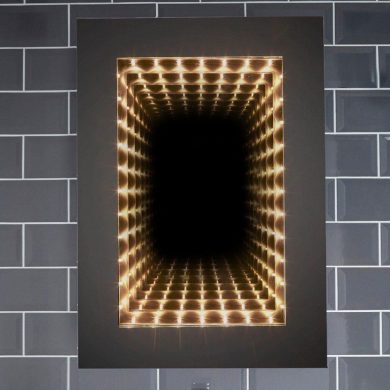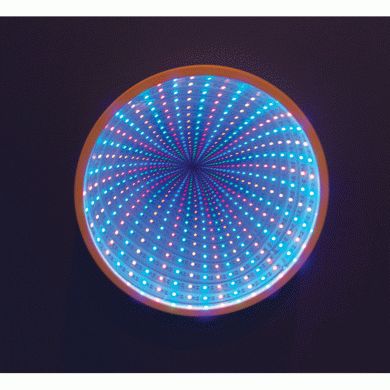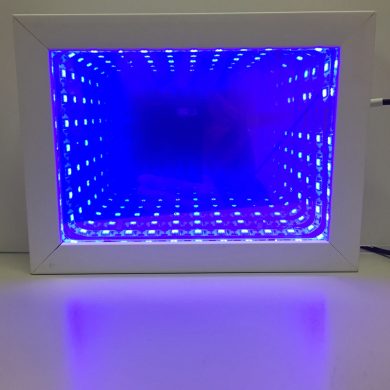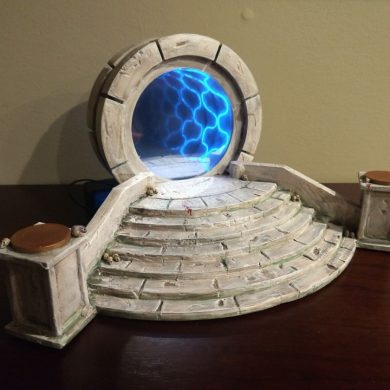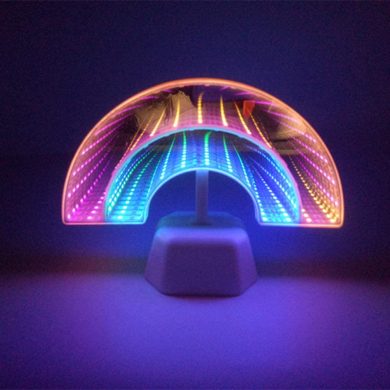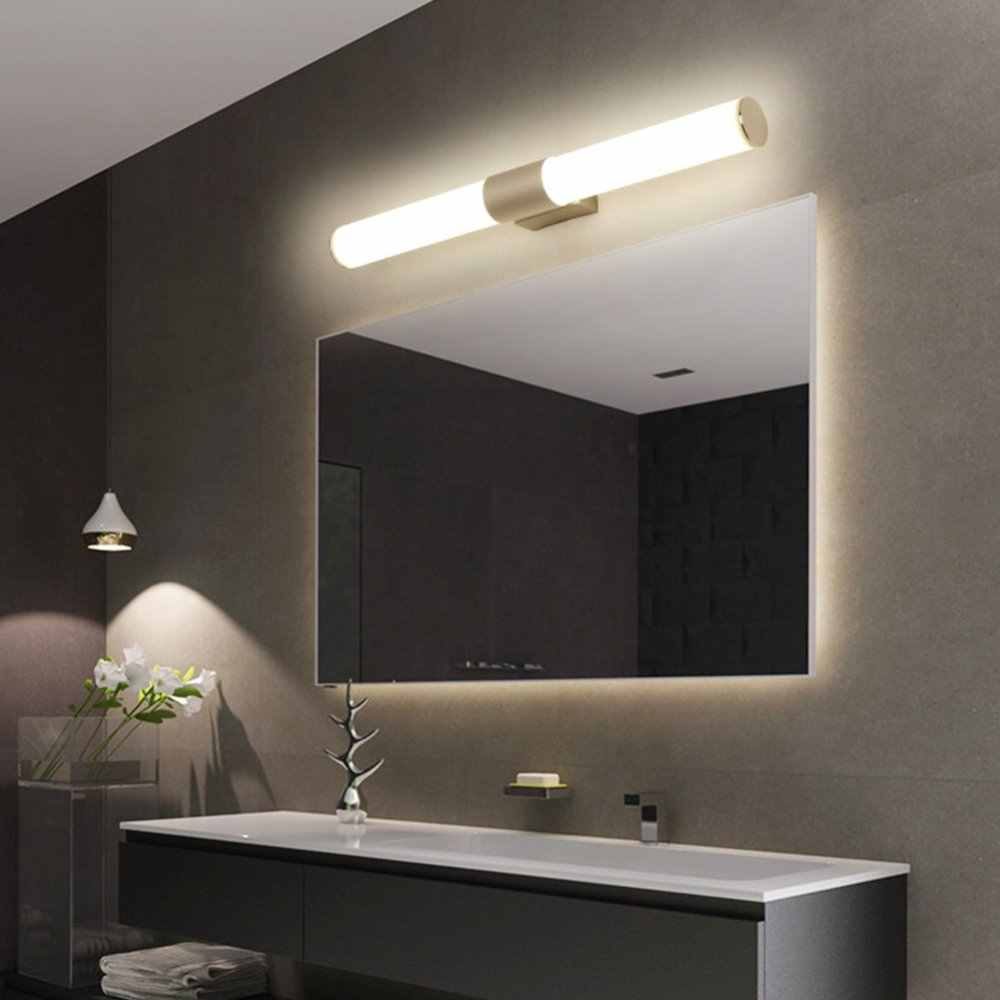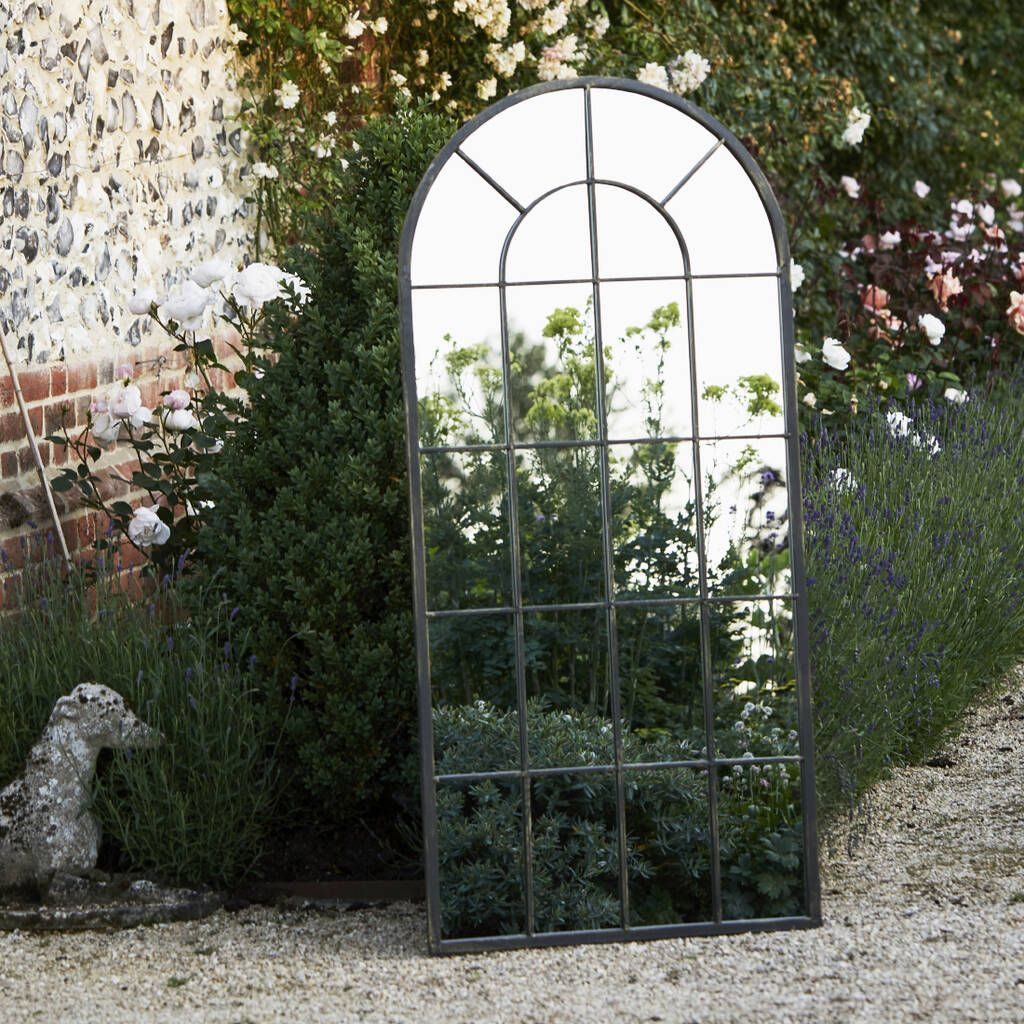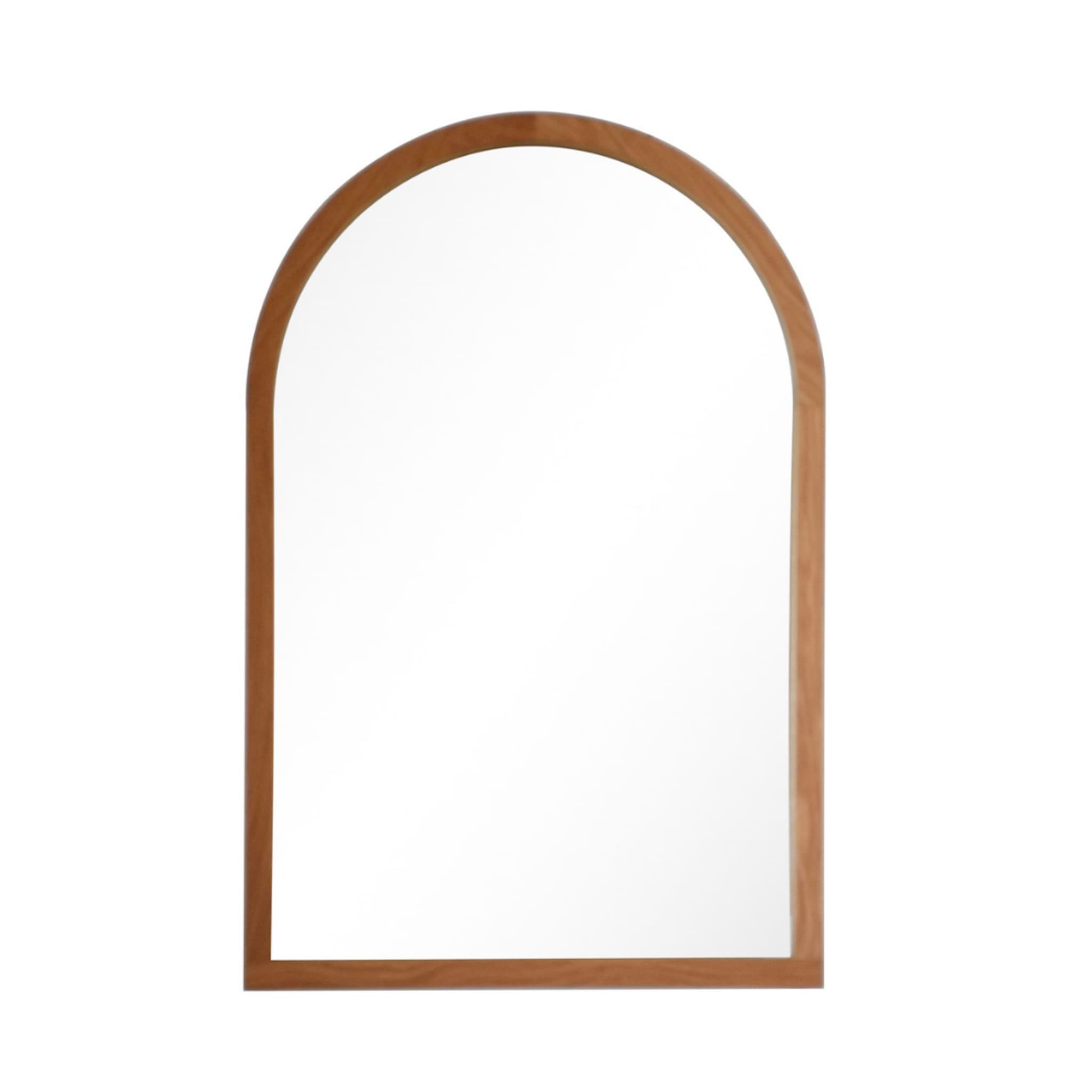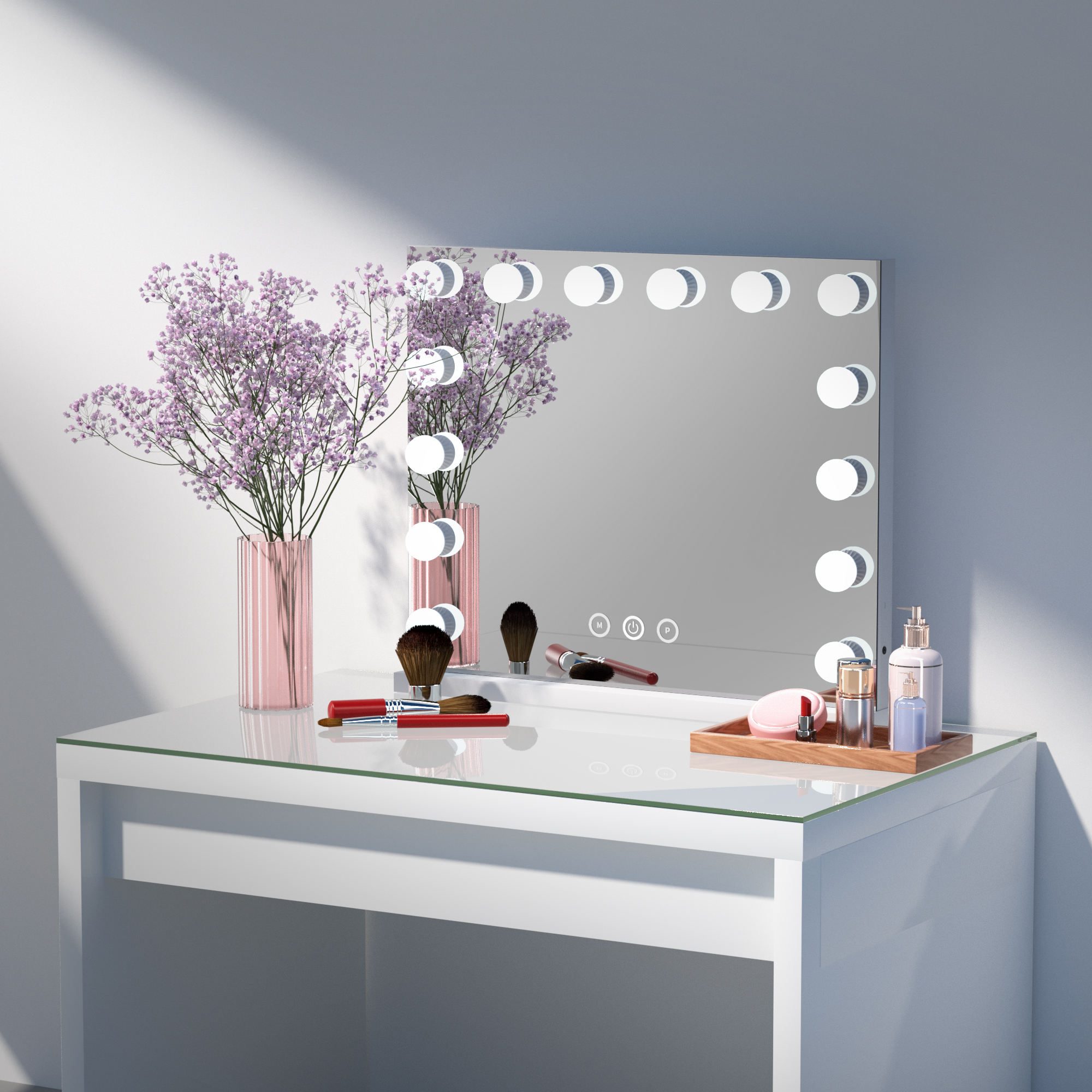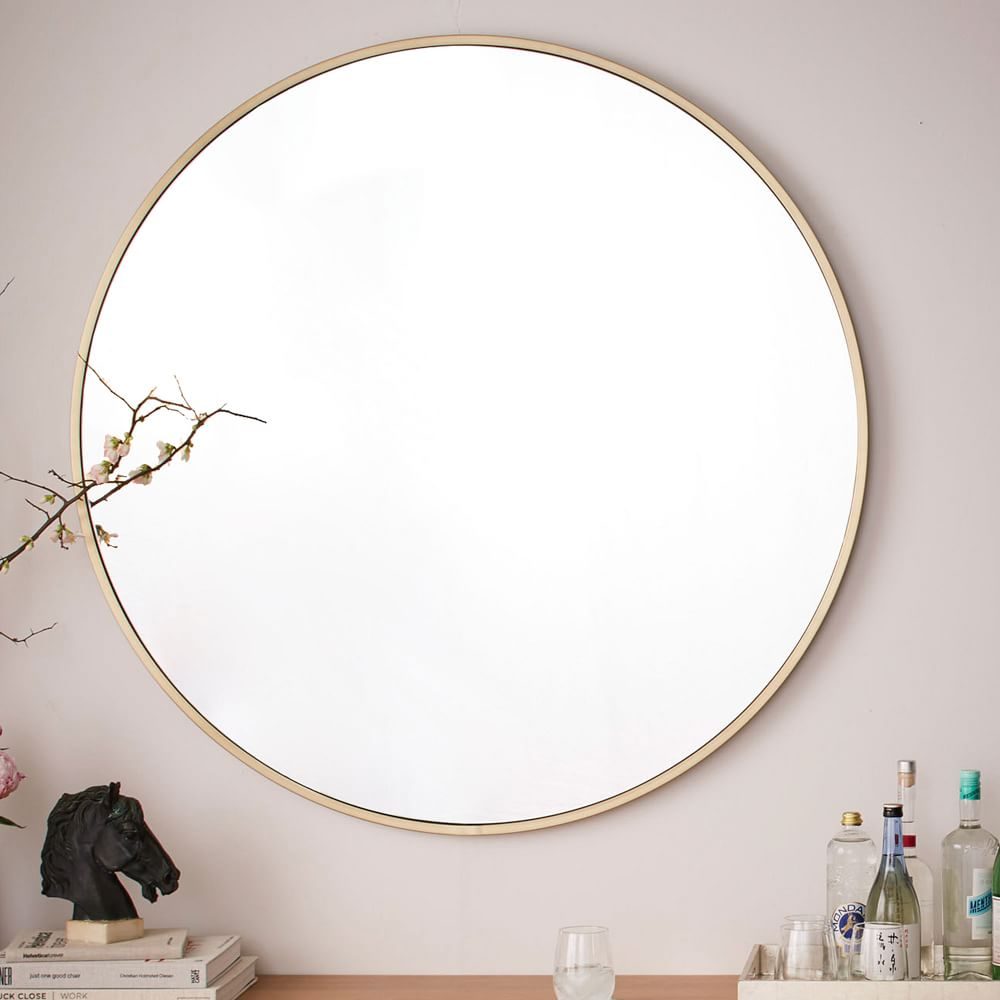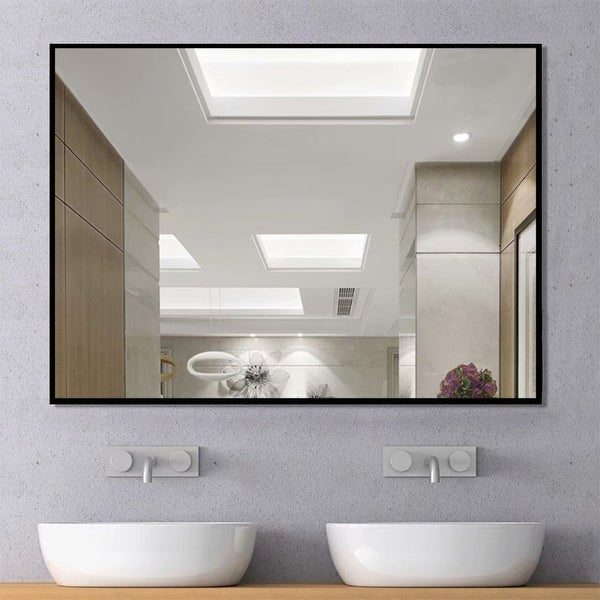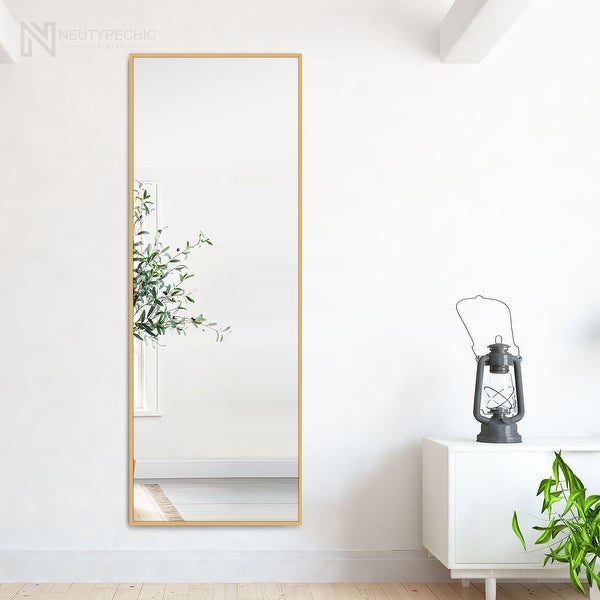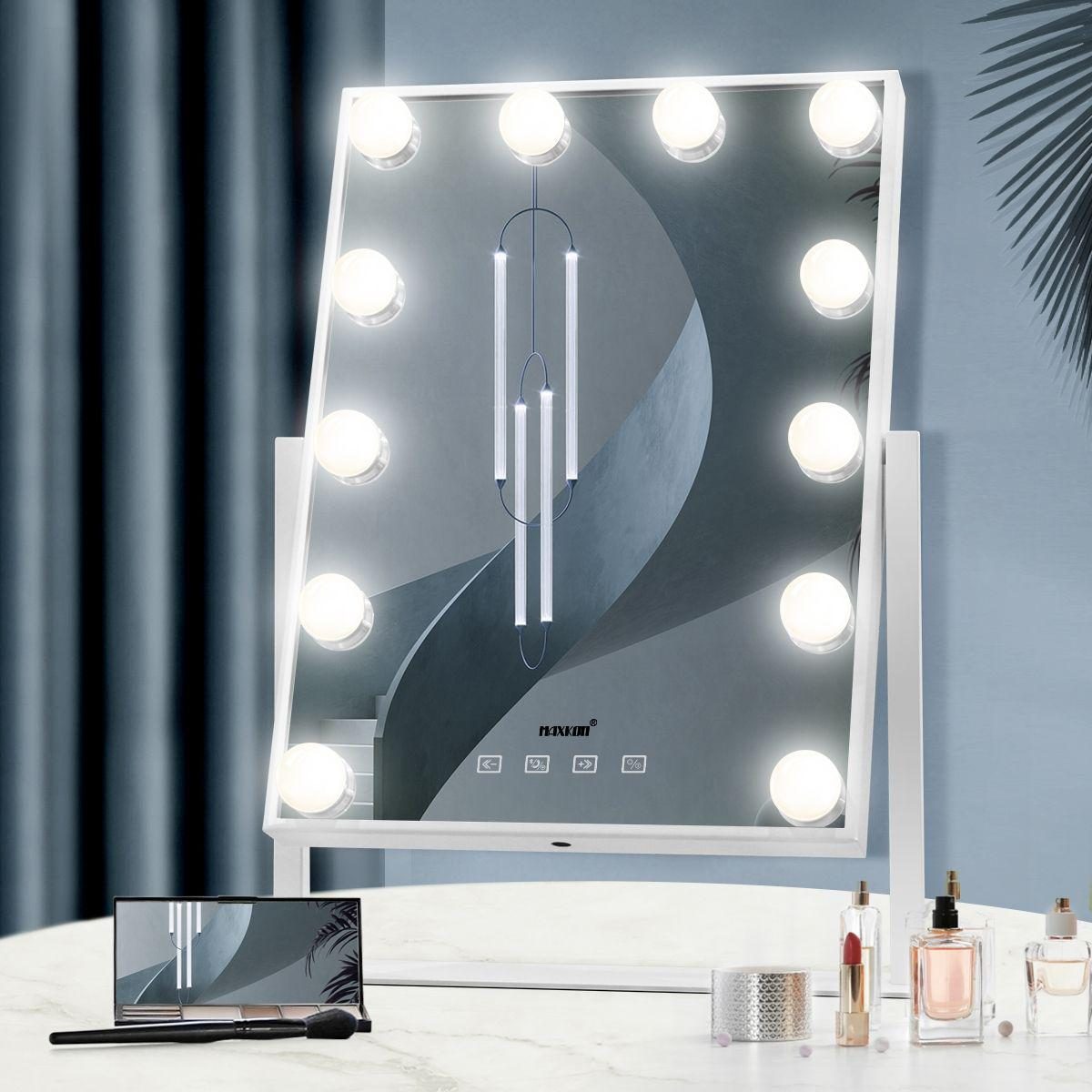The infinity mirror (also sometimes called an infinite mirror) is a configuration of two or more parallel or nearly parallel mirrors, creating a series of smaller and smaller reflections that appear to recede to infinity. Often the front mirror of an infinity mirror is half-silvered (a so-called one way mirror), but this is not required to produce the effect. A similar appearance in artworks has been called the Droste effect. Infinity mirrors are sometimes used as room accents or in works of art
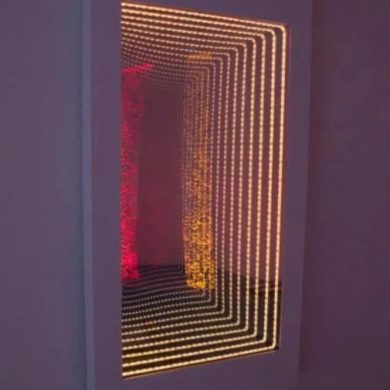
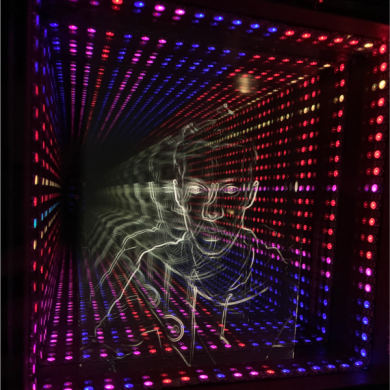
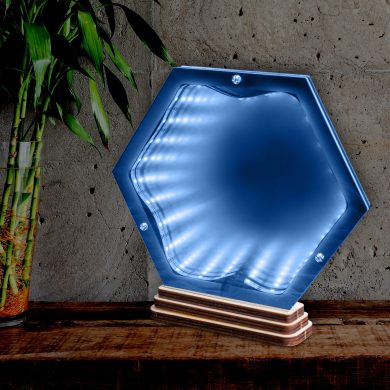
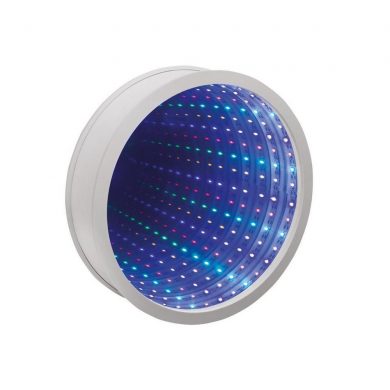
In a classic self-contained infinity mirror, a set of light bulbs, LEDs, or other point-source lights are placed around the periphery of a fully reflective mirror, and a second, partially reflective “one-way mirror” is placed a short distance in front of it, in a parallel alignment. When an outside observer looks into the surface of the partially reflective mirror, the lights appear to recede into infinity, creating the appearance of a tunnel of great depth that is lined with lights.
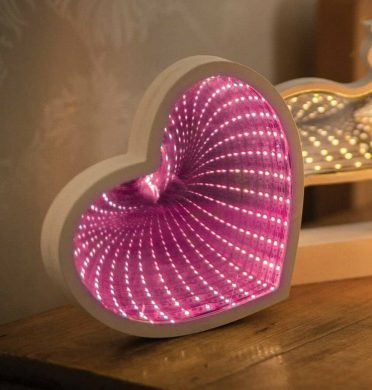
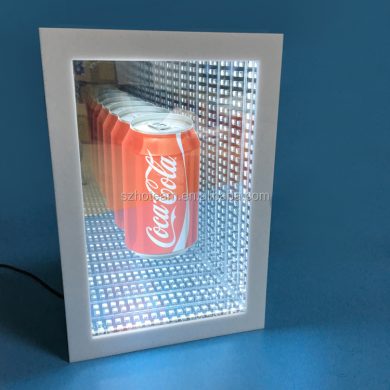
If the mirrors are not precisely parallel but instead are canted at a slight angle, the “visual tunnel” will be perceived to be curved off to one side, as it recedes into infinity.
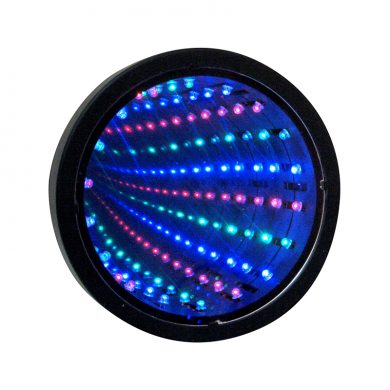
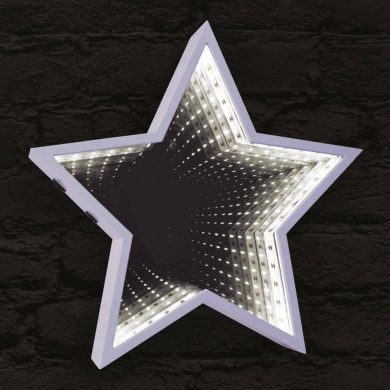
Alternatively, this effect can also be seen when an observer stands between two parallel fully reflective mirrors, as in some dressing rooms, some elevators, or a house of mirrors.A weaker version of this effect can be seen by standing between any two parallel reflective surfaces, such as the glass walls of a small entry lobby into some buildings. The partially-reflective glass produces this sensation, diluted by the visual noise of the views through the glass into the surrounding environment.
